Social media marketing for restaurants is one of the most powerful tools for increasing footfall and enhancing revenue. Most people use social media and are likely to look for restaurant recommendations on their favorite platforms. Marketing on social media is the ideal way to promote your business. In this article, you’ll learn key strategies for social media marketing.
Table of Contents:
- What Is the Restaurant Industry?
- What Is Social Media Marketing for Restaurants?
- Key Performance Indicators for Social Media Marketing for Restaurants
- Tips & Tricks for Social Media Marketing for Restaurants
- Have a Clear Brand Style
- Make Temporary Pictures & Video Stories
- Track Performance for Successful Social Media Marketing for Restaurants
- Continuity & Regularity
- Harness User-Generated-Content
- Use Relevant Hashtags
- Show & Promote Specials
- Show Behind The Scenes of Your Restaurant
- Highlight the Vendors and Partners
- Use TikTok for Your Restaurant
- Respond to Your Followers
- Show Off Your Staff
- Make It Easy to View Your Menu
- Use Facebook Ads
- Take Advantage of Influencer Marketing
- Encourage Your Guests to Share Their Experience at Your Restaurant
- Have Contests with Rewards
- Technology for Staff Shortages & Social Media Marketing for Restaurants
- Social Media Marketing for Restaurant & Technology Trends
- Chatbots for the Restaurant Industry
What Is the Restaurant Industry?
Before discussing social media marketing for restaurants, it’s a good idea to consider the restaurant industry. The restaurant industry is part of the wider hospitality industry that provides in-person food services on premises where people will eat. Eating out is a leisure activity rather than something people do because they need to. It follows that the restaurant industry needs to ensure that their guests enjoy their meals: the food, the service, the surroundings, and the atmosphere.
It’s an industry that sells an experience almost as much as food. Even someone stopping for a quick bite at a fast food establishment wants a pleasant experience. People will often perform some research before choosing where to eat. Nowadays, that often means looking for reviews and recommendations on social media. Read “Restaurant Industry: Overview, Types, Examples and More” to learn more.
What Is Social Media Marketing for Restaurants?
Social media marketing for restaurants, at its heart, means harnessing the power of social media to promote your restaurant business. It is crucial in an increasingly online world. Potential guests looking for a place to eat will likely pull out their phones and search for suggestions. According to the Digital Global Overview Report by Data Reportal, 62.3% of the global population actively use social media in 2024. A majority of customers now look to social media for reviews and recommendations. They have a lot of trust in the information they find there, especially if it’s been shared by someone they know.
You can leverage this powerful marketing tool to boost your own business. Social media marketing for restaurants can take many forms, from simply setting up a page for each of your restaurants to creating a detailed marketing strategy tailored to each platform and its demographic. Social media marketing for restaurants can include advertisements, viral video campaigns, reputation management, engagement with guests via social media, and more.
Video: How Restaurants Use Social Media to Their Advantage
Key Performance Indicators for Social Media Marketing for Restaurants
Tips & Tricks for Social Media Marketing for Restaurants
Social media marketing for restaurants can seem daunting at first. Here are some top tips for developing a successful social media marketing campaign.
Have a Clear Brand Style
Maintaining a consistent brand style is vital in social media marketing. It’s essential to keep your brand style recognizable across different platforms, even if you want to appeal to different demographics. It’s easy for the tone of a platform to affect the way social media posts, leading to clashing styles on different platforms. A large marketing team without clear directives can result in a scattered, confusing impression. Create a style guide that your social media marketing team can use to ensure consistency. Use images with a similar color scheme and ensure your posts use a similar tone regardless of the platform.
Make Temporary Pictures & Video Stories
As the saying goes, “The first bite is with the eye.” Visual communication is essential in restaurant marketing. Social media marketing is so powerful for restaurants because it lends itself to visual posts. Temporary posts such as Facebook Stories and Instagram Live are great for keeping your social media feeds fresh and exciting. You can take your followers behind the scenes as well as images of perfectly plated dishes. Show them the kitchens where tasty dishes are being created or the hard work of preparing the restaurant for guests.
Track Performance for Successful Social Media Marketing for Restaurants
Just as you use restaurant management systems to track the performance of your business, you need to monitor the performance of your restaurant marketing on social media. Luckily, there are plenty of tools that allow you to do this. As well as consoles that let you post across multiple social media platforms and monitor engagement, individual tools are built into each social media platform that allows you to see how well your campaign performs. You can compare data from these with information collected from other sources, such as your restaurant POS systems, to judge conversion rates.
Continuity & Regularity
Content must be fresh and exciting for a successful social media marketing campaign. Regular updates ensure your content is always new and engaging for your followers. Social media moves fast, and even good content can be buried by the constant flood of posts. Try to have something new regularly so your restaurant will keep popping up in your followers’ feeds. Help your customers find you by steadily delivering fresh content that showcases the latest news from your restaurant, like a new dish or a special offer they won’t want to miss.
Harness User-Generated-Content
As well as creating content for your business, you can get users to create their posts. UGC (user-generated content) is influential and easy to add to your marketing strategy. This is content guests make that includes your restaurant. In the age of Instagram and TikTok, many guests will record highlights of their experience and post them to social media. Search for restaurant mentions and then share those posts to your feed. Don’t forget to give the guest credit: tag them in the post and leave a friendly message to thank them.
Video: Why your restaurant needs to leverage user-generated content
Use Relevant Hashtags
Hashtags are powerful, but they do need to be deployed carefully. If you scatter any trending hashtags in your posts, they’ll pop up in contexts where they’re irrelevant. This looks careless and can even seem intrusive. Instead, use relevant hashtags for your restaurant and your content. For instance, during Dry January, you could post about a delicious mocktail your restaurant offers, along with an appropriate “dry January challenge” hashtag. Carefully curating your hashtags will ensure that more people see your content and that it’s relevant to them.
Show & Promote Specials
The days of cutting coupons to save money might be behind us, but digital coupons are different. Online deals, promotional codes, and similar offers are hugely popular and can generate great interest in your business. Consider offering your customers incentives to follow you on social media or mention you in their posts. For example, you could offer a discount for Instagram users who take a picture of your newest menu item and tag you in their posts. As another example, you could give away a free drink or a snack if followers share a news post on Facebook.
Show Behind The Scenes of Your Restaurant
Food pictures and shots of elaborate coffee drinks can become repetitive. You can keep your feed fresh by including other types of content. A video of your chef preparing the latest featured dish can engage your followers, helping them appreciate the work that goes into making your guests’ favorite food. Video tutorials on food preparation are often a big hit with viewers. Showing your followers some professional kitchen tips will get them interested — and generate plenty of shares, too. Be imaginative and think outside the box.
Highlight the Vendors and Partners
Sourcing the best ingredients for your dishes is a big part of restaurant management. Let your followers in on this process by highlighting the vendors who provide the ingredients that make your dishes unique. This can be as simple as mentioning businesses where you source your foods or asking if they have photos you can share. You could also do something more adventurous, like shooting a brief video at the farm where your cheese is produced or the market where you get your vegetables. This kind of content lets your customers know how much care you put into serving food.
Use TikTok for Your Restaurant
To reach Millennials and GenZ, you need to advertise on their preferred platforms. Right now, that means getting a foothold on TikTok. This is a video-only platform where users upload and share short clips. This catchy visual format is perfect for social media marketing for restaurants. You can promote your business with close-up clips of your most visually striking dishes and drinks, make short videos showcasing the action behind the scenes, or make short video profiles of staff members.
Respond to Your Followers
Engaging with comments about your restaurant is essential, even when they’re not entirely complimentary. Your marketing team needs to thank users for positive feedback but should not simply ignore criticism or complaints. Prompt and respectful engagement with negative feedback goes a long way toward offsetting any bad impressions that such comments might create. It lets unsatisfied customers know you care and want to fix any problems. Other people reading your response will also get a positive impression of your business. They’ll see that you’re concerned and engaged.
Show Off Your Staff
The people who work at your restaurant are a big part of what makes it unique. Social media is an excellent way for your public to get to know them better. Your followers will be interested to know about the chef who oversees the kitchen, the cooks who make their favorite food, and the wait staff who make their meals more enjoyable. Pictures and video clips of your team at work can put a human face to your business. This kind of content helps create engagement and interest among your followers.
Make It Easy to View Your Menu
Once your visitors have seen your content, they’ll want to check out your menu and find out when you’re open. You need to make it simple for them to find the information they want. If potential customers can’t immediately see where to go, they’ll lose interest. Ensure all the information in your profile has been filled in and is current. Include links to your menu and booking options. Avoid using outdated PDF menus — these aren’t mobile-friendly and create an obstacle for customers. Instead, create responsive web pages that users can easily read on their phones.
Use Facebook Ads
Facebook ads are some of the best tools for social media marketing for restaurants. They allow you to specifically target your campaigns, ensuring that your target demographics are the people most likely to see your content. Perhaps most importantly, Facebook ads can be geo-targeted. This means ads will only be shown to users in your selected areas. There’s no point in showing your ads to people across the county from your restaurant. With geotargeting, your ads can be set to appear in the feeds of people who either live near your business or visit the locale regularly.
Video: Facebook ads for Restaurants: 2 ads examples
Take Advantage of Influencer Marketing
Influencer marketing is perfect for restaurants. Social media influencers are high-profile individuals whose social media presence has a broad reach. Think of influencers as social media celebrities who are always eager to create new content for their avid fans. In exchange for payment or free gifts, influencers will use their platforms to promote the products and services they enjoy. Getting a few influencers on board with your social media marketing campaign can boost your restaurant’s profile online. Influencer partnerships work best for larger restaurants with big social media budgets. According to The State of Marketing Report by HubSpot, the most popular size of influencer was Micro-influencers, which have 10,000-99,999 followers.
Encourage Your Guests to Share Their Experience at Your Restaurant
Diners nowadays love to share images of tasty food and eye-catching drinks. Many people will also make text posts describing a night out on their social media accounts. Encourage your guests to mention your establishment by name when posting about their experience on social media. You can offer small rewards if people tag you in their posts to improve your reach. Another way to encourage social media shares is to offer unusual and visually arresting menu items, such as a fancy signature cocktail or a vibrant dessert. People love to share pictures of these.
Have Contests with Rewards
Social media contests are a fantastic way to generate engagement and create a positive image of your business. Who doesn’t love to get something for free? Online raffles and prize draws generate a lot of buzz. You could offer vouchers or other rewards for guests who post the best picture of a signature dish or offer entry into a prize draw if a guest shares a post with a tag that you designate. Competitions, puzzles, and other contests are fairly easy to organize and can bring in a lot of new visitors to your social media pages and, thus, your restaurant.
Technology for Staff Shortages & Social Media Marketing for Restaurants
Staffing shortages can be a real headache for businesses in the hospitality industry. Hotels, bars, pubs, and restaurants all feel the pinch, as people who leave the industry are not being replaced quickly enough. Low staffing levels are especially problematic for a restaurant, meaning solutions must be sought. Luckily, there are new technological advances that can help. In “How to Solve Staffing Shortages in the Hospitality Industry with Technology”, you’ll discover some high-tech solutions to low staffing. You’ll discover the available systems and how intelligent investment can support your business.
Social Media Marketing for Restaurant & Technology Trends
Restaurant technology has come in leaps and bounds in recent years. Whether it’s new restaurant management systems, air purifiers to help reduce the threat of COVID, digital inventory tracking, or AI chatbots to help with customer service, every aspect of the restaurant business is impacted by changing technology. To remain competitive, you need to stay ahead of these new trends. In “Latest Restaurant Technology Trends You Need to Know About”, you’ll discover how new technology can make your business more efficient and improve the dining experience for your guests.
Chatbots for the Restaurant Industry
AI chatbots are growing in the hospitality industry, especially in restaurants. Chatbots can now answer questions about opening times, menu items, and the latest offers. They can take bookings and register feedback from customers. A well-designed chatbot can make a huge difference to your business, freeing up your staff for more important tasks and ensuring that customer service is available round the clock. To learn more about this burgeoning area of restaurant technology, read “Restaurant Chatbots: What Are They, Their Use and Benefits”. You’ll discover what chatbots are, how they work, and what they can do.
Social Media Marketing for Restaurants FAQs
Social media marketing for restaurants is an increasingly vital tool. It represents a wealth of opportunities to boost your restaurant’s profile, reach new customers, and help ensure existing guests return. Social media platforms offer great benefits for any restaurant business.
Did You Like This Article About Social Media Marketing for Restaurants?
You might also be interested in the following articles:
- Choosing the Right Target Market for a Restaurant To Ensure Success
- POS Software for Hospitality: A Deep-Dive into Reporting Features
- Marketing Strategy for Restaurants: How to Succeed
- Restaurant Advertising Trends You Should Know About
- Restaurant Marketing Agency: Why Choose External Marketing
More Tips to Grow Your Business
Revfine.com is the leading knowledge platform for the hospitality and travel industry. Professionals use our insights, strategies, and actionable tips to get inspired, optimize revenue, innovate processes, and improve customer experience.Explore expert advice on management, marketing, revenue management, operations, software, and technology in our dedicated Hotel, Hospitality, and Travel & Tourism categories.
This article is written by:
Hi, I am Martijn Barten, founder of Revfine.com. With 20 years of experience in the hospitality industry, I specialize in optimizing revenue by combining revenue management with marketing strategies. I have successfully developed, implemented, and managed revenue management and marketing strategies for individual properties and multi-property portfolios.

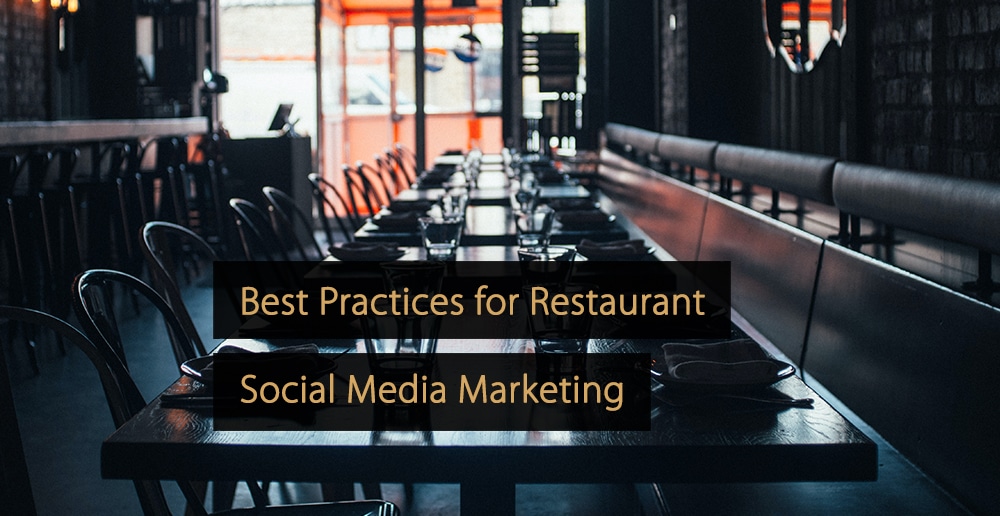
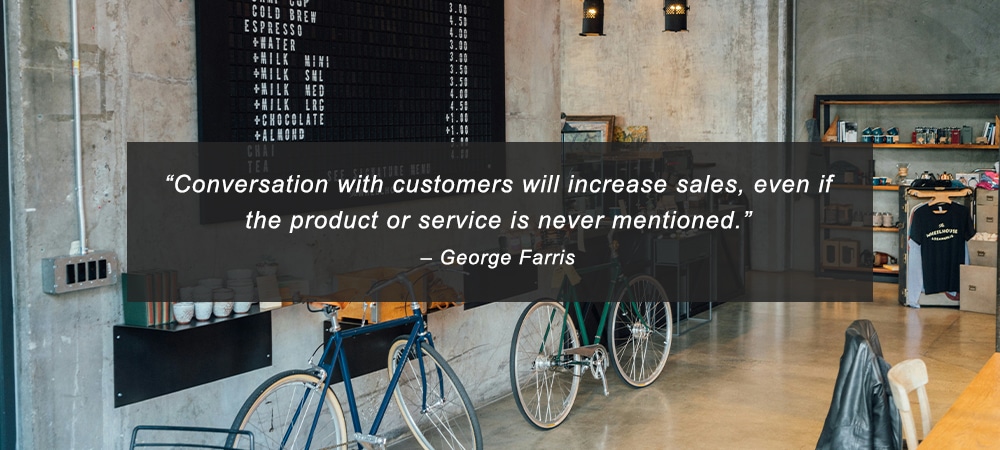
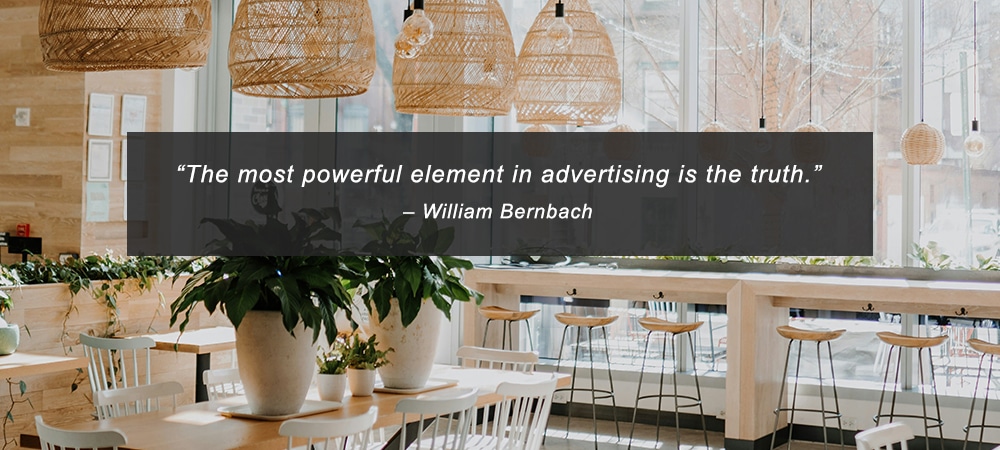

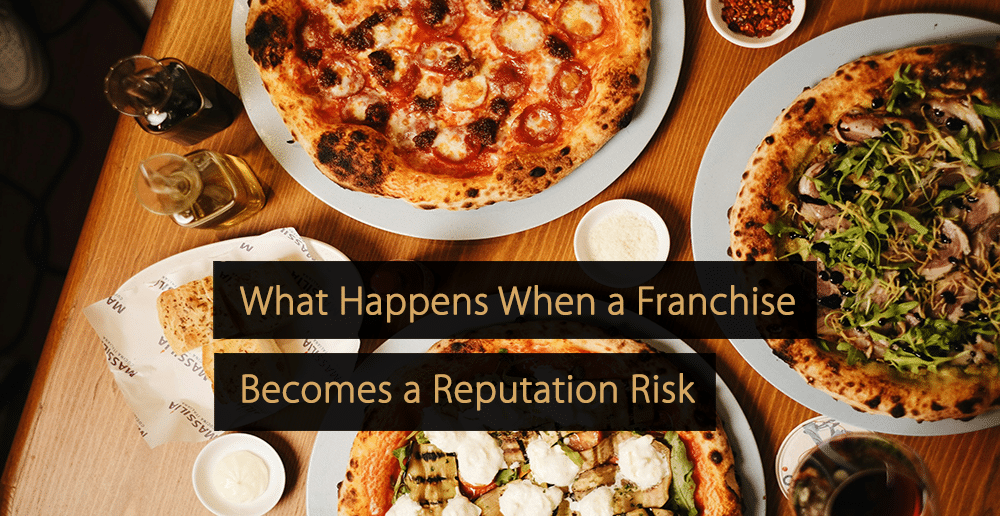

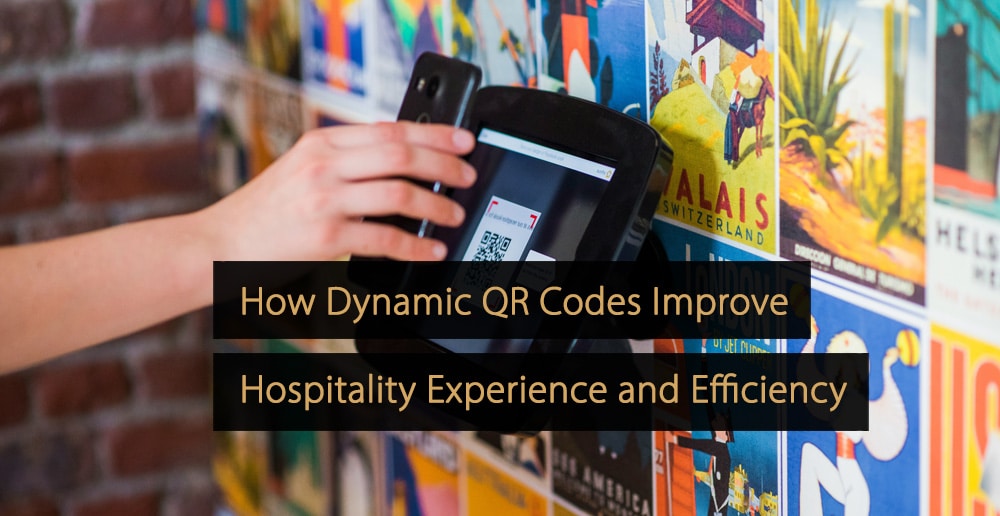
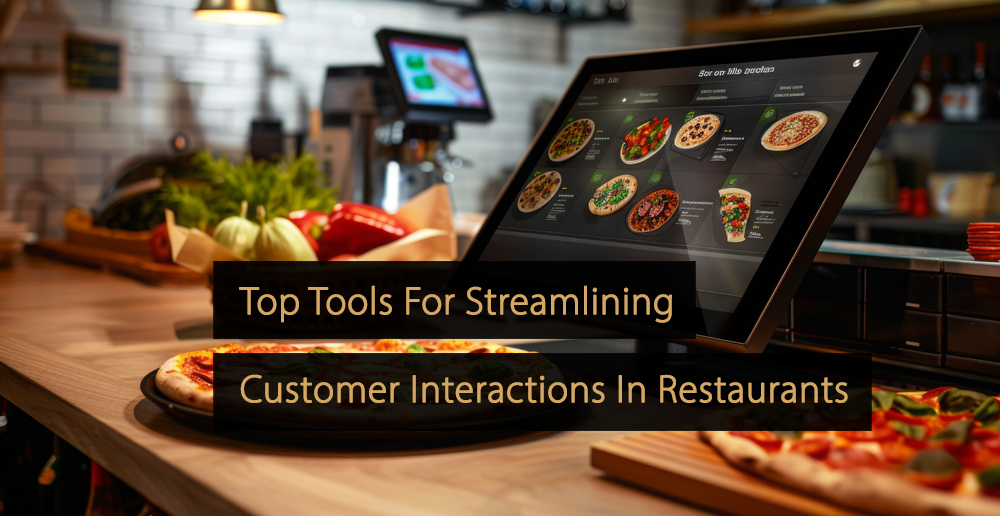
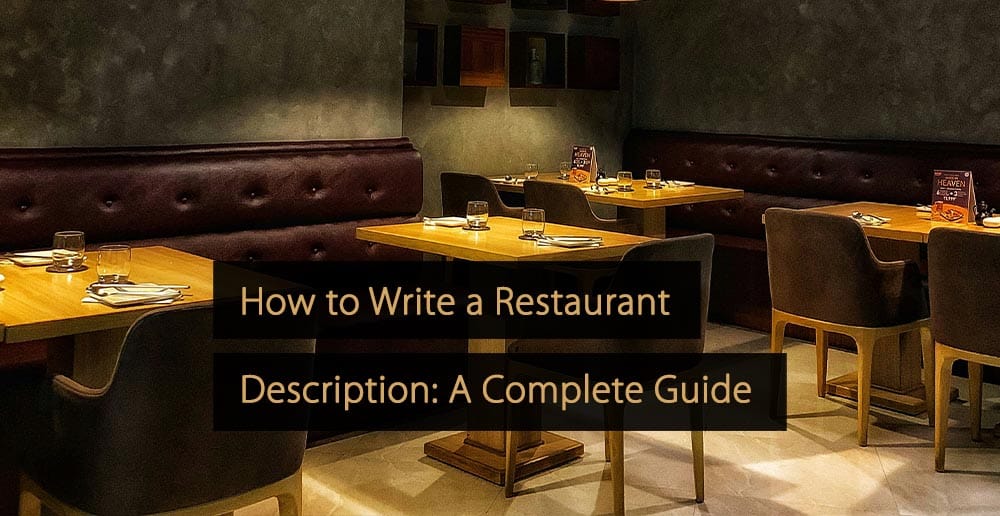
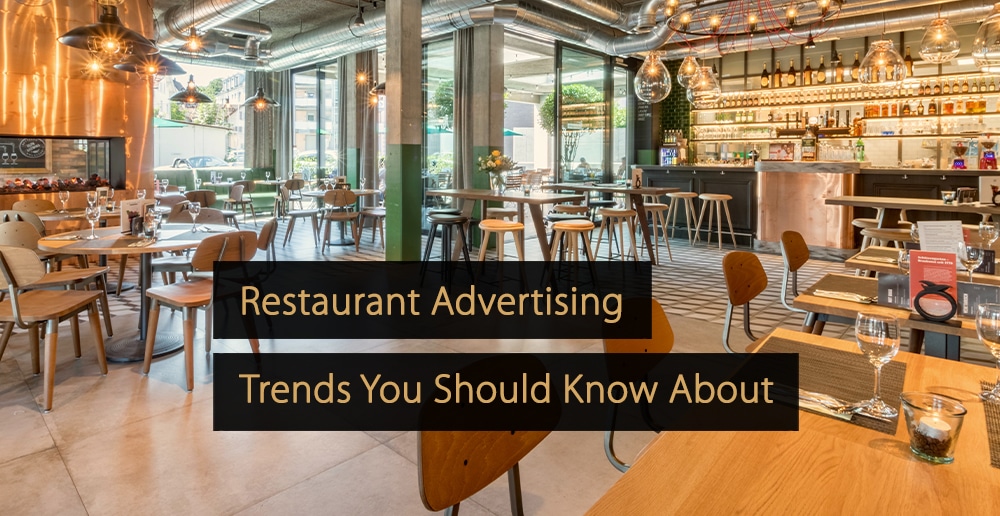
Nice blog. The social media tips for restaurants are very helpful. Thank you.
Really insightful! Thank you so much for sharing these social media tips for restaurants.